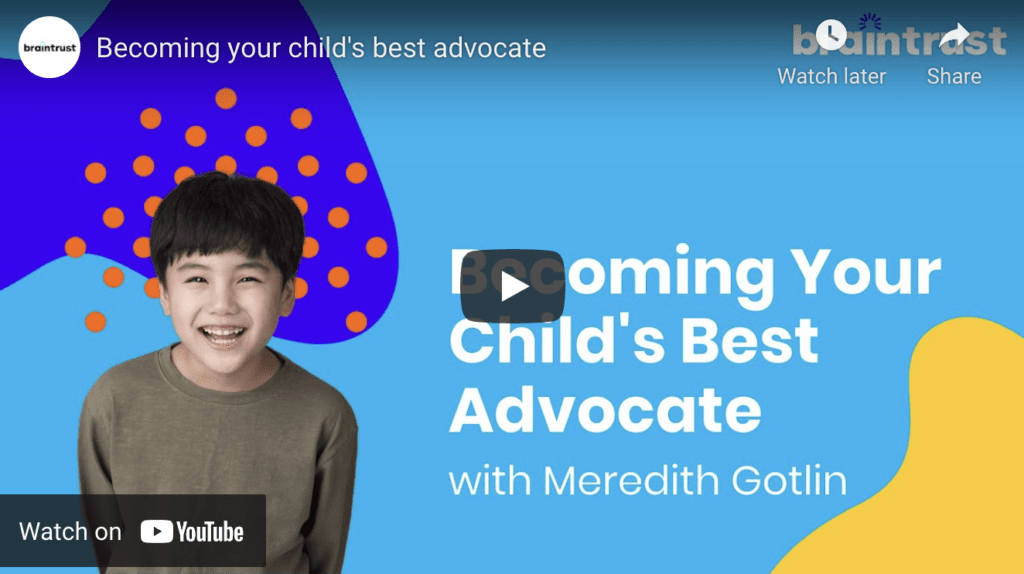
When a child finds school especially challenging, there are often signs at an early age. Perhaps your toddler isn’t able to count to ten like his peers, or maybe he isn’t showing some of the “inventive reading” tendencies you’ve heard about. If your child is not meeting one or two of the typical “milestones” on time, it’s definitely not cause for alarm. Kids develop at their own pace! But if they are missing many of the developmental signs of a neurotypical learner, you may want to talk to your pediatrician about early intervention services (EIS).
What is Early Intervention?
Early intervention is a term used to describe services and support resources provided to young children diagnosed with a disability. Early intervention services exist for children as young as infants, and continue through age 3. After age 3, most children enter preschool, when the more well-known Special Education services would kick in for students age 4 and up.
Early intervention services exist in five major skill categories:
- Physical skills (e.g. fine and gross motor coordination)
- Cognitive skills (e.g. memory and processing speed)
- Communication skills (e.g. responding to stimuli and age-appropriate conversation)
- Social/Emotional skills (e.g. identifying emotions in others and expressing one’s own)
- Adaptive skills (e.g. getting dressed and eating)
The services the child receives will depend on their specific diagnosis. A child who has developmental delays might receive supports in both physical and cognitive skills. A child diagnosed with Autism Spectrum Disorder might primarily receive help with communication and social/emotional skills.
How Are Early Intervention Services Initiated?
The first step is to talk to your pediatrician. She may recommend next steps if she notices that your child is not meeting significant milestones. Your pediatrician’s office can provide you with resources such as where and how to have your child evaluated. This evaluation determines if your child is eligible for EIS. After an evaluation is done, the evaluating agency will determine whether your child is eligible, and for which services.
Your state’s early intervention program will guide you through the process of developing an Individualized Family Service Plan (IFSP). You can think of this a bit like an IEP (Individualized Education Plan), but is for you and the early intervention providers, whereas an IEP dictates the specifics of a child’s educational setting and program.
Childhood Early Intervention Conclusion
It’s never too early to start getting help for your child. Even if you or your pediatrician suspect your child may have a mild disability or delay, getting him or her evaluated is a great step toward getting supports in place, or putting your mind at ease. But it’s also never too late. Early intervention is an amazing resource for families, and it can do wonders for a child’s long-term skill development. But if you don’t suspect any issues until after your child turns 4, that’s okay! Lots of kids don’t even show signs of a learning or developmental disability until well into their school-age years. Just make sure whenever you do begin to suspect something, you advocate right away. The earlier your child begins receiving the supports they need to succeed, the better off they’ll be.




